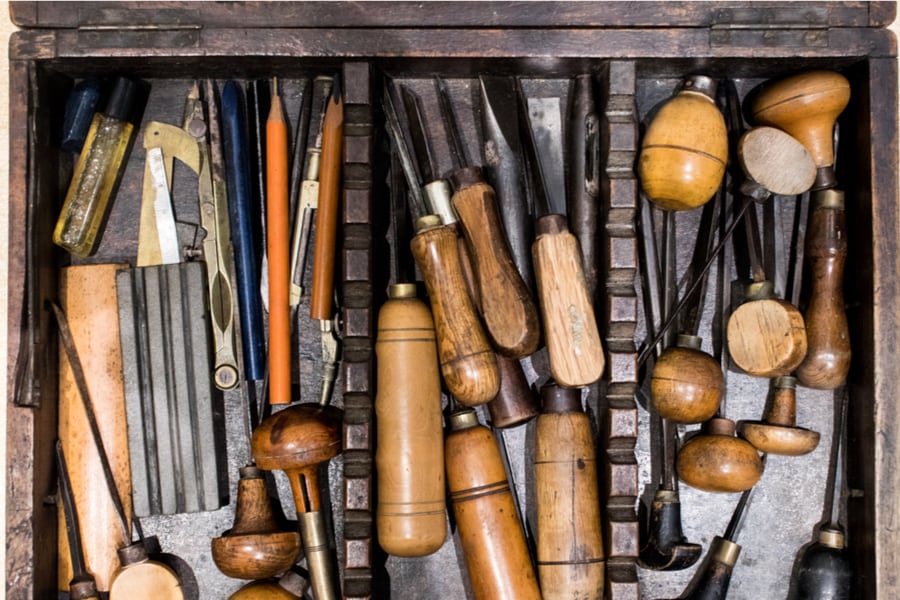
Simply Speaking: On creativity, inspiration, inventiveness and tools
Man has acquired an ascendancy over all other living things because he deployed his creativity to make tools. It is the imagining, development, and application of tools that made the homo sapien supreme
 Every discovery, by definition, is unpredictable. Creativity exposes unpredictable things to be discovered. Image: Shutterstock
Every discovery, by definition, is unpredictable. Creativity exposes unpredictable things to be discovered. Image: Shutterstock
Self-awareness and the creative urge distinguish us from other creatures. To create something requires it to be envisioned first. Prometheus, the Greek god, had the magical power of being able to imagine the future by projecting a horizon of possibilities.
Man has acquired an ascendancy over all other living things because he deployed his creativity to make tools. It is the imagining, development and application of tools that made the homo sapien supreme.
Tool, machine, implement, instrument, appliance, utensil, device and gadget all mean 'piece of equipment for doing work'. A tool (the word first appeared in King Alfred's translation of De Consolatione Philosophiae c. 883 AD) is typically small and hand-held, performs a physical task, for example, culling, scraping, banging or moulding, and can be powered—a hammer is a tool and so is an electric drill.
An implement is usually a simple tool, particularly one used for agriculture: A rake or a spade is an implement. An instrument is either a delicate tool for skilled precision work or a measuring device: A scalpel and a thermometer are instruments. An appliance is usually an item of domestic or office equipment powered from the mains: Vacuum cleaners and juicers are appliances. A device is usually a piece of mechanical equipment ingeniously contrived for a stated purpose. A gadget is a small, often novel and electronic device that may form part of a piece of machinery, as in a car fitted with gadgets.
Paul Klee's studio was once described as an alchemist's lair, stuffed with the materials and instruments that he made and kept about him. These included homemade brushes, whittled reed pens, toothpicks and razor blades fastened to improvised handles and bent bits of wire to scrape, incise and abrade the compounded surfaces of his paintings.







